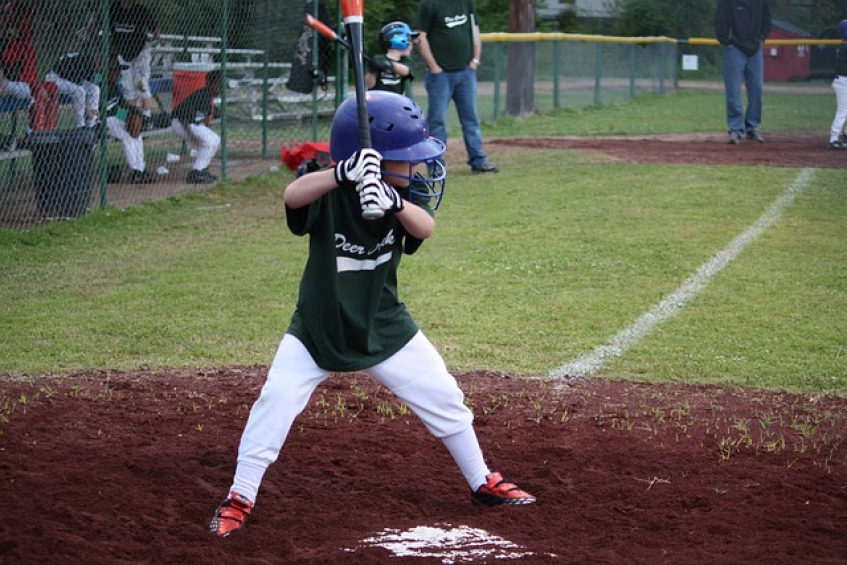
Choosing the right baseball bat is essential for any young player. One of the most important factors to consider when selecting a bat is the bat's drop weight. Drop weight is a term that is commonly used in the world of baseball and refers to the difference between the length of the bat and its weight. It is important to understand what drop weight means and how it affects the performance of a bat.
In this blog post, we will take a closer look at what drop weight means for youth baseball bats. We will explore the different types of drop weight and their significance, as well as how to choose youth bat with the right drop weight for your young player. We will also discuss some of the key factors to consider when selecting a youth baseball bat and provide tips for finding the perfect bat for your child's skill level and style of play. By the end of this post, you will have a better understanding of drop weight and be better equipped to choose the right youth baseball bat for your young player.
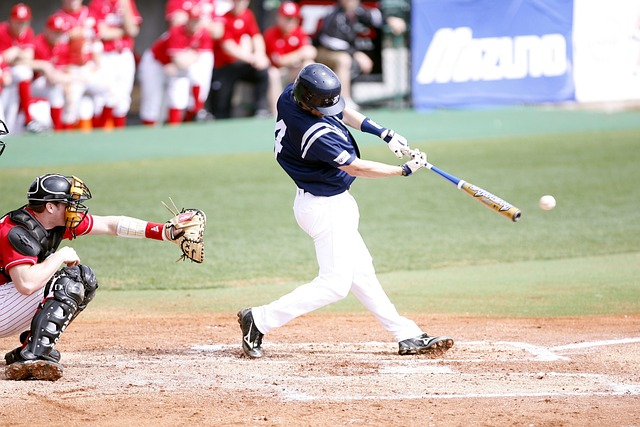
The term "bat drop" refers to the difference between the length of the bat in inches and its weight in ounces. When trying to understand what does bat drop mean, A bat with a drop of -10, for example, would be 30 inches long and weigh 20 ounces. The higher the negative number, the lighter the bat will be. Bats with a positive number have more weight in the barrel and are typically used by stronger players. Understanding what does bat length and drop mean is essential for choosing the right bat for your young player.
Most youth sports leagues require players to use bats with drops up to -5, while college players typically use BBCOR bats with drops up to -3. Professional baseball players often use bats with drops of -2 or lower. The right drop weight for your young player will depend on their skill level, strength, and style of play. A bat that is too heavy or too light can negatively impact a player's swing and performance on the field. By understanding what bat and maximum drop weight means and considering the different options available from different manufacturers, you can choose the perfect bat for your young baseball player.
Printed vs. actual bat weights refer to the discrepancy between the weight that is printed on a baseball or softball bat and the actual weight of the bat. This can be a source of confusion for players, especially those who are looking to purchase a new bat. The weight that is printed on a bat is typically the "target" weight that the manufacturer is aiming for, but it is not always the exact weight of the bat that you will receive. Actual bat weights can vary due to factors such as the density of the bat materials, wood or material used, or variations in manufacturing processes.
It's important to note that even a small difference in a bat's weight can have a significant impact on a player's performance. For example, a baseball bat that is too heavy may be difficult to swing, leading to slower swing speeds and fewer hits. On the other hand, a bat that is too light may not provide enough power, leading to weaker hits. For this reason, it's important for players to choose a bat that feels comfortable and balanced in their hands, regardless of the printed weight. Many players will even weigh their bats to ensure that they are getting the weight they desire.
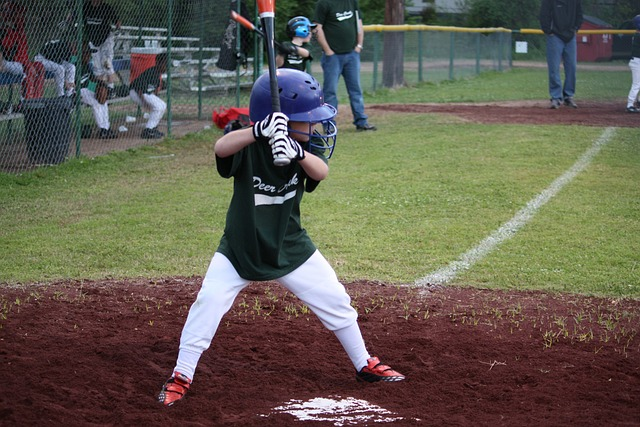
Heavier bats can improve their power as they have more energy, if they have more power to move the ball around. The ball will therefore travel farther than expected if thrown by a fielding defender. Similar, swings with lighter bat at faster speeds transfer more energy onto batted balls so that they hit them quicker and farther. Smaller players might have no ability to hit heavy baseballs, but they could make the difference through swinging lighter bats faster. Players should always be cautious when using the most heavy bat to get comfortable swinging at swaddle speed. Consequently, the player should be able to hit the ball at the maximum distance.
When it comes to choosing the right bat size and weight, it's important to consider the trade-off between power and both swing speed and accuracy. Heavier bats can generate more force and hit the ball harder, but they can also be more difficult to swing quickly and accurately. This is because of the principle of Moment of Inertia (MOI), which describes how difficult it is to change the rotational speed of a rotating object around a pivot point. The higher the MOI, the more difficult it is to swing the bat.
To achieve the right balance between power and control, bat manufacturers design their products with different MOIs. Some bats have more weight concentrated near the handle, resulting in a lower MOI and a more balanced feel. These bats are known as "balanced bats" and are popular among players who value accuracy and speed over raw power. Other bats have more weight distributed toward the end of the barrel, resulting in a higher MOI and more power. These bats are known as "end-loaded bats" and are popular among players who want to have bat control and maximize their hitting power.
Ultimately, the choice of bat size and weight depends on the individual player's preferences and needs. Players who prioritize power may prefer a heavier, end-loaded, longer bat first, while those who prioritize accuracy and speed may prefer a lighter, balanced bat. It's important to experiment with different bat sizes and weights to find the one that feels most comfortable and effective for each player's unique swing.
For more reading, check out our list of the best youth wood bats.

In simple terms, the "drop" of a baseball bat refers to its weight-to-length ratio. For example, a bat with a drop of -11 means that it will drop 11 ounces in weight for every 31 inches of length. If a bat has a length of 40 inches and a weight of 25 ounces, its ideal drop weight would be -15 (-25 + -40 = -15).
The bat's drop amount is an important factor to consider when choosing a bat, as it affects the bat's swing weight and overall feel. A bat with a larger drop will be lighter and easier to swing, making it ideal for players who value speed and control. However, a bat with a smaller drop will have more mass in the barrel, allowing for greater power and distance when hitting the ball.
The Official Baseball rules say bats can have lengths not exceeding 44 inches, but they don't have a minimum or weight limit for it. However, the leagues can also agree on the weight regulation in the collective bargaining agreements. In a separate agreement, the MLB player's leagues had agreed a maximum bat length in inches and drop allowed of -3.5. Baseball players usually use various sizes for different purposes. In fact, Albert Pujols uses an even heavier bat against lefthand pitchers.
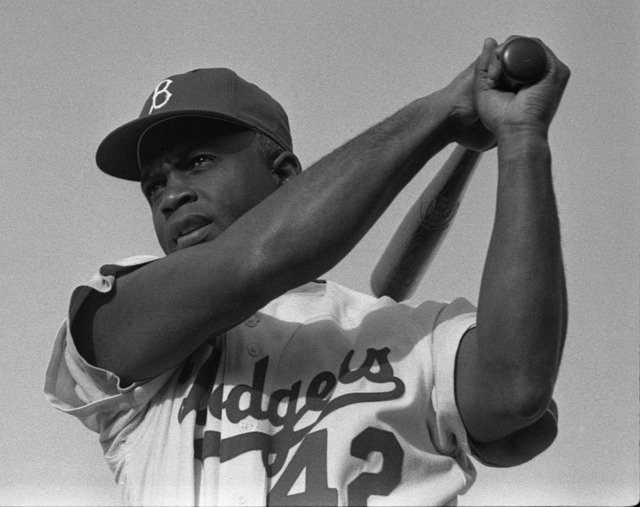
It should be easy to understand why low and high drops differ. The high-drop ball is much safer and the player swings them at an increased speed. But buying high-drop bats can be difficult. The swinging speed is good with higher drop weight though, and it takes a bit more of the force. You might not swing a low drop bat as quickly as the high drop, however this type of bat transfers more of its force. In an age group when playing with the ball, high-dropping bats are an ideal solution. The decision to use ten drops in the first half of the year is dependent on several factors, which we will discuss below.
Baseball drop weights cannot be greater than 3. All players in high schools or college leagues which conform to NFHS regulations and NCAA requirements require baseballs that meet BBCOR standards. Can anyone list some common British standards? When playing in collegiate or high school baseball league you need BBCOR Certification in baseball. BBCOR Certification bats are not restricted to dropping weight. Bat dimensions can't exceed 36 inches and barrels cannot exceed 2 5/8 inches.
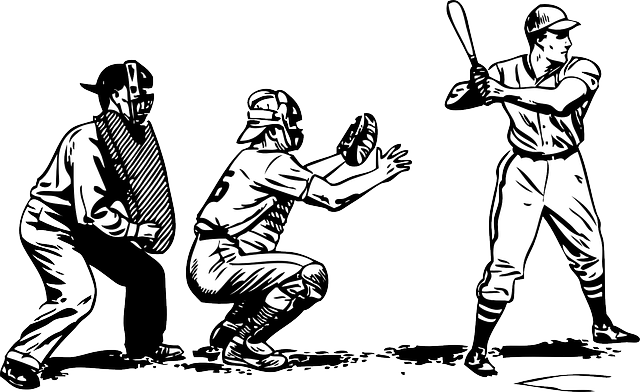
The ability and speed of young bats varies. For young players that can not swing axe bats at an extremely fast rate, drops of 10 or 12 bats are good. When a player has a low bat dropweight then it will slow the ball's movement and he'll lose his bat speed. Sometimes a kid uses the bats at a higher angle to think it would help them to swing faster. That’s true. But choosing such bats will not improve your performances significantly.
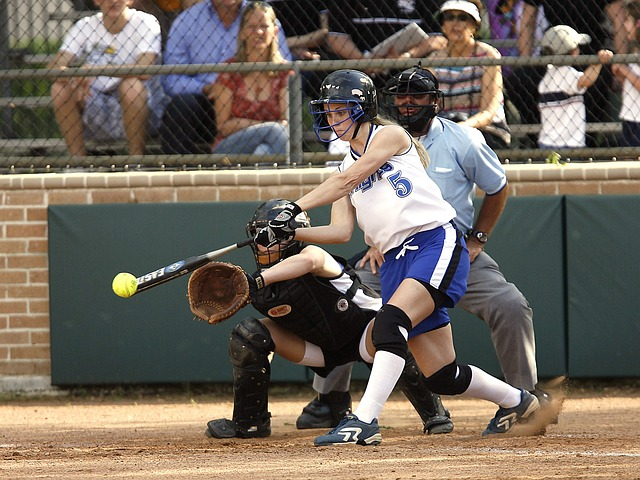
The weight distribution in baseball and bat technology are explained in the book "Best bats in baseball". The average child will easily recognize that hitting the ball heavier can make hit balls take longer to travel but swinging the ball harder. Most children have learned that the weight of balls shift closer toward the hands as the ball hits. MOI is a technical word which describes the difficulty of hitting bats. The term rotational inertia or moment of inertia (MOI) describes the difficulty of changing the rotational speed of a material moving around a pivot point.
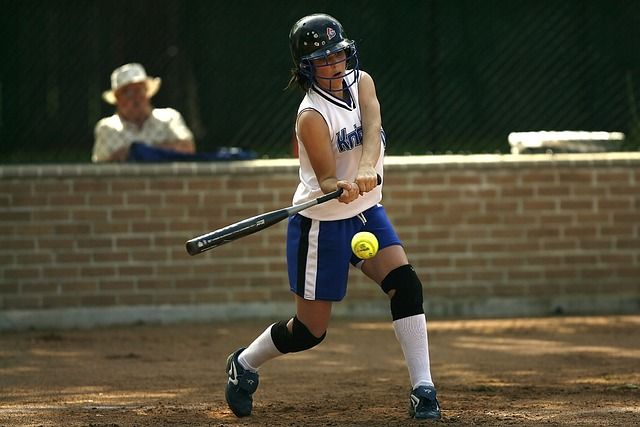
Softballs have more drops than baseball bats have. Its possible because the softball bats are generally lighter. Standard baseball bat drop is sizes Softball bats have drop weights of between -8 to -10.
Chris Sloan is a former baseball league commissioner and travel baseball coach who has made significant contributions to the sport. In 2018, he founded selectbaseballteams.com, a website that helps parents find youth and travel baseball teams in their local areas. Since its launch, the website has experienced impressive growth, offering a wealth of resources including teams, news, tournaments, and organizations. Chris's unwavering passion for baseball and his innovative approach to connecting parents with quality baseball programs have earned him a respected reputation in the baseball community, solidifying his legacy as a leading figure in the world of youth and travel baseball.
There are 0 comments on "What Does Drop Mean for Youth Baseball Bats?"
chandler allen says:
"Hi my name is chandler, i’ve enjoyed..."
On Wanting to tryout for summer ball. as an 18 year old
david graham says:
"With no current MLB team in Canada,..."
On With no current MLB team in
Charles Chavez says:
"To All Coaches: Do you have13U or..."
On Looking for Games